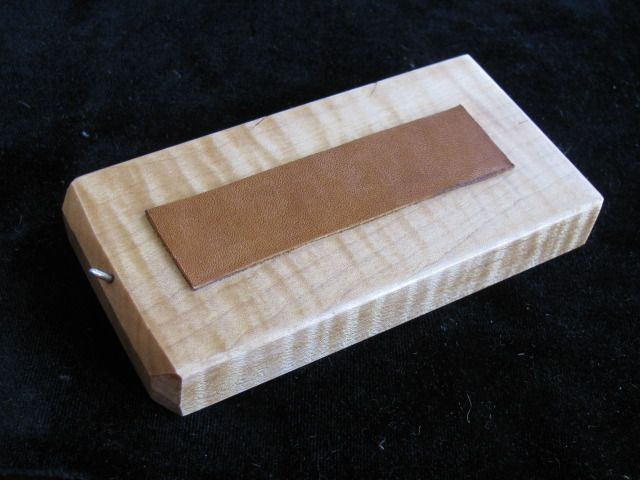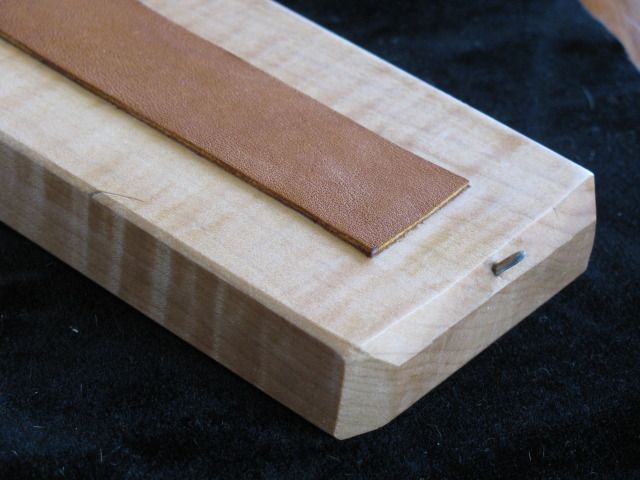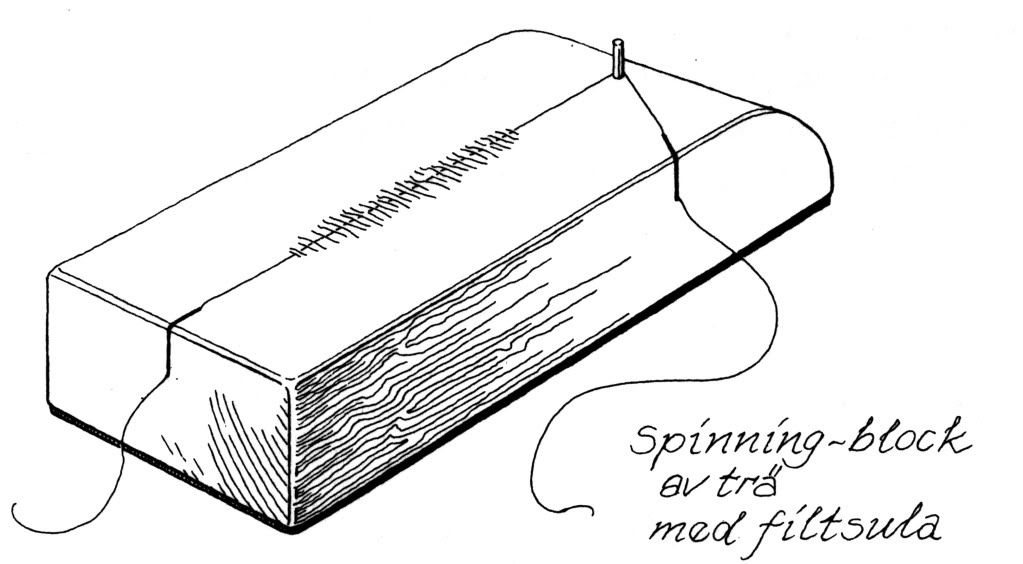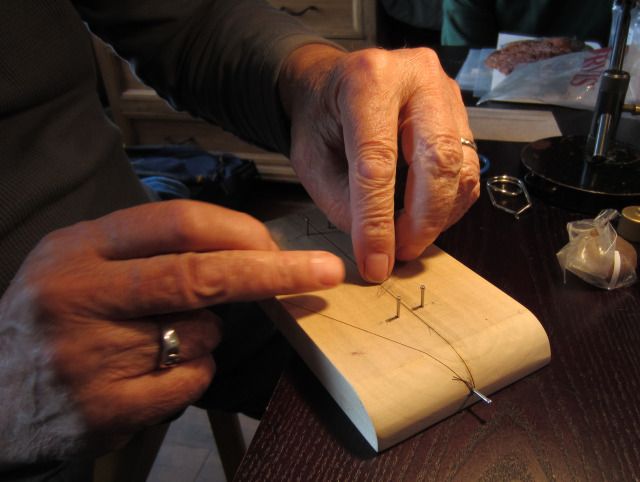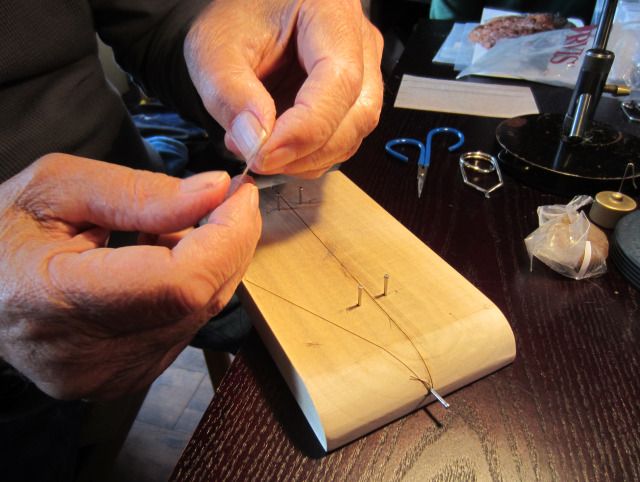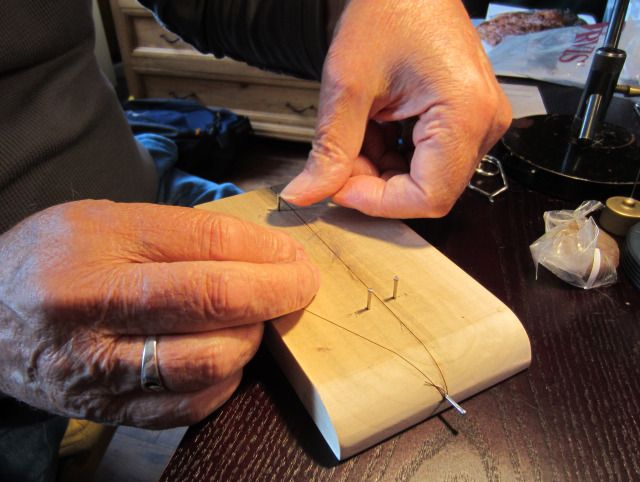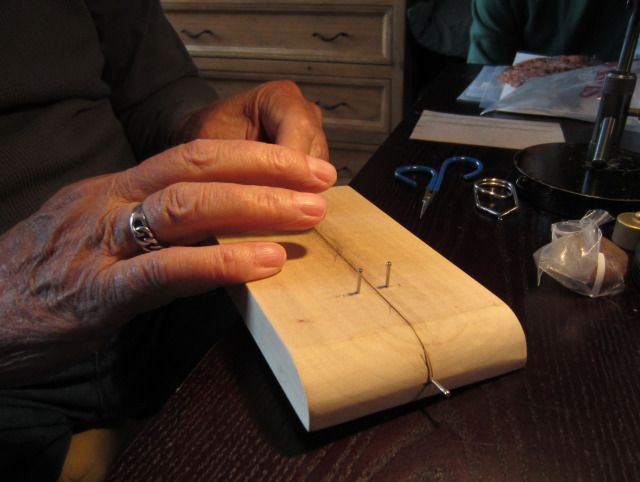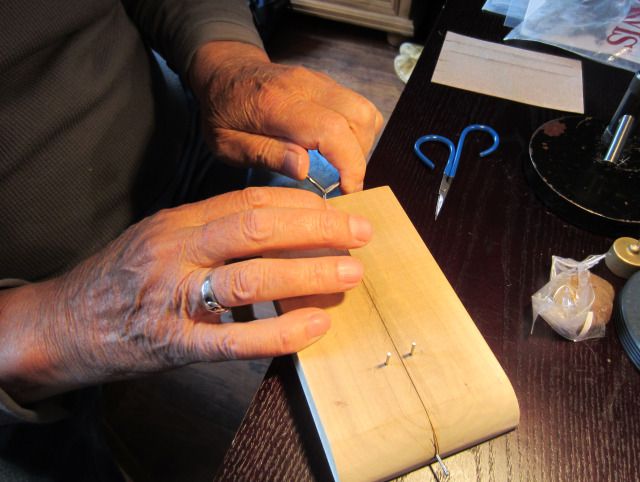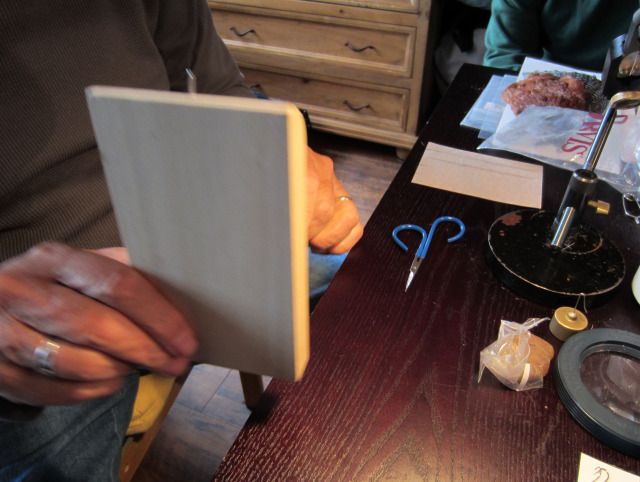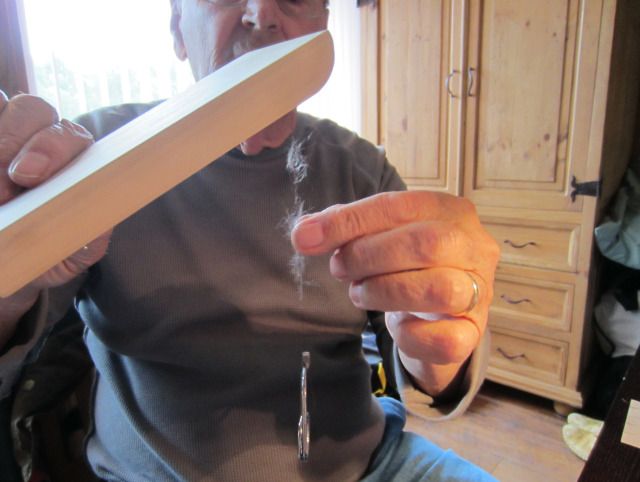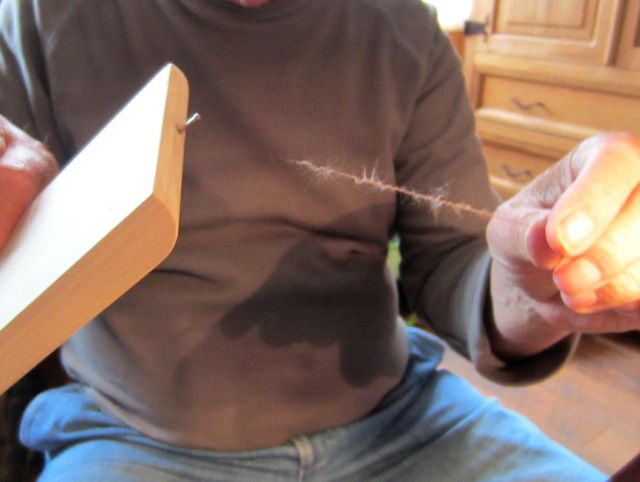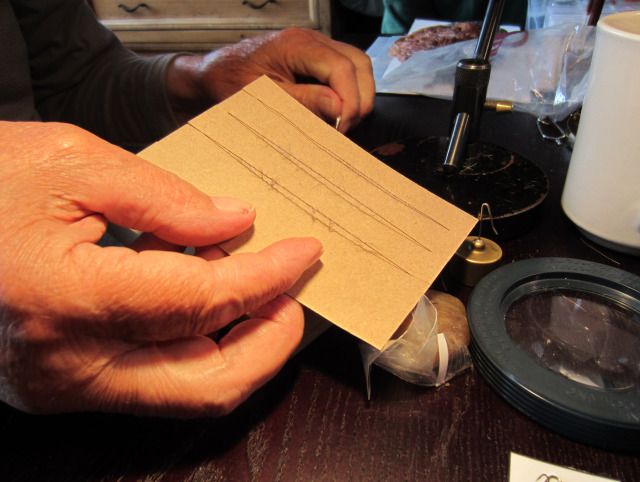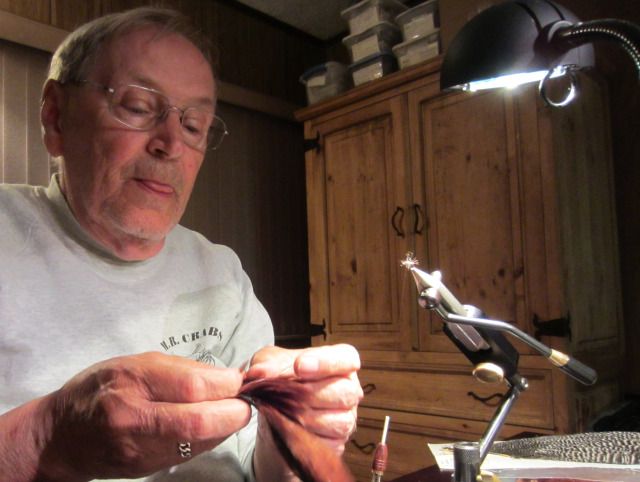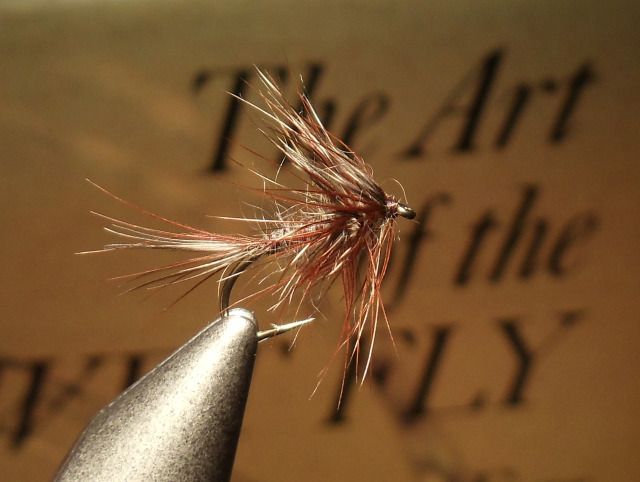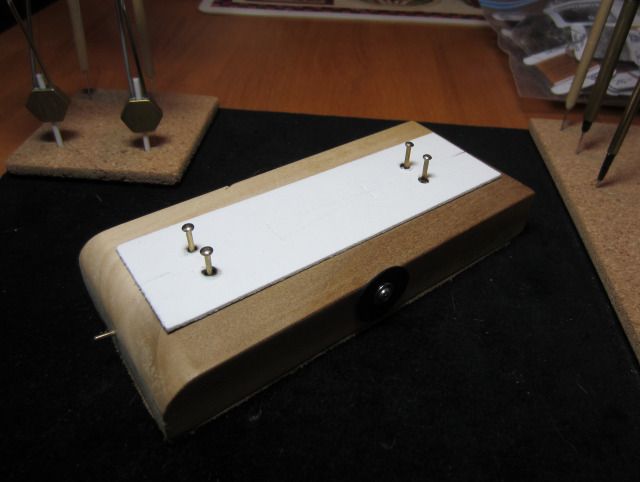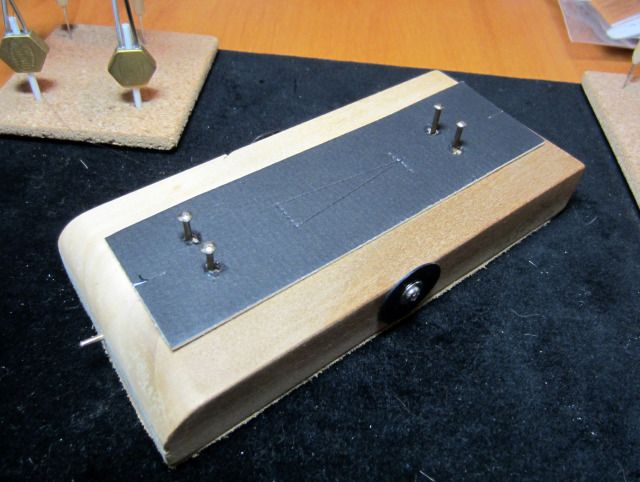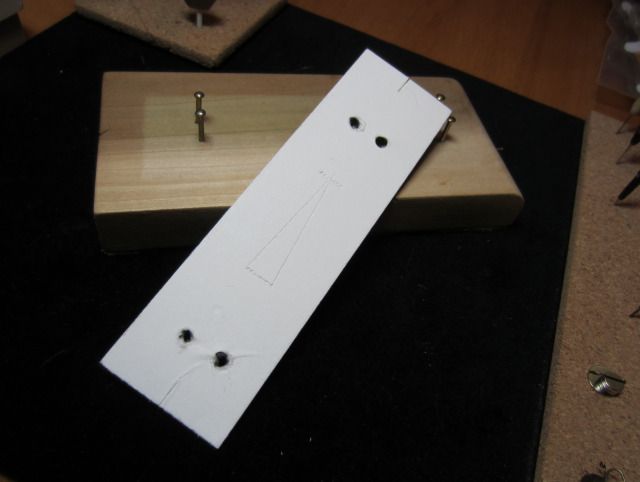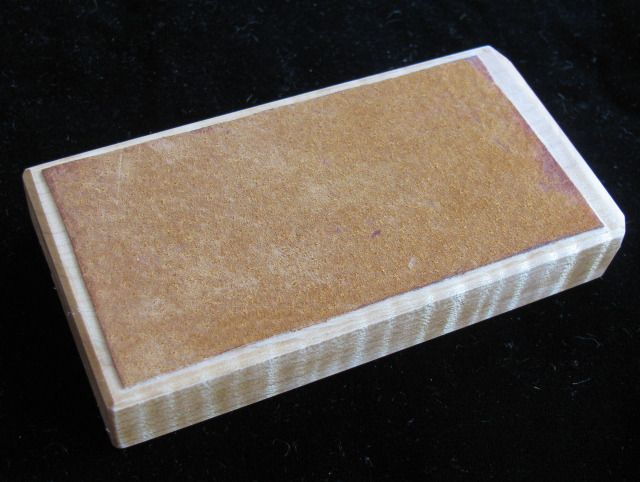paparex wrote:What is the purpose of the 30-degree angle of the pin?
Paparex.
The angled pin prevents the loop from slipping off prematurely during the spinning process and during the transfer of the spun body from the block to the notched card.
Both of those operations involve lifting the other end of loop (the part with the two loose thread ends), up from the pin at an angle. At the beginning of the spinning, the loop is not yet cinched very tight around the pin, so that is a vulnerable moment. The other time when slippage could occur is when placing the notched card under the body to slip the thread into the notches. When notching the loose ends first, the body has to be lifted up to a higher angle from the pin to make room for sliding the card under the body. Again, the angled pin gives some security, so the thread doesn't slide off. You don't want to lose control of the twist-tension at either end when putting the body on the card, since it can unravel and undo your careful work. Once the waxed and twisted silk has set on the card for a couple of hours, or overnight, the body won't unravel when you remove it from the card. Synthetic threads don't have this setting capacity, and are more likely to unravel and cause the body to fall apart even after being on the card for several days.
tie2fish wrote:My spinning "technique" of which you speak is something that ignores all of the theories about using friction to help shape the brush, and only serves to securely trap the fibers at more or less 90 degrees to the thread with a minimum of skill and/or effort. Therefore, I see little future for it -- at least on this forum.
Bill,
You are the master of fly-tying technique, so there is little that I have to offer, with the possible exception of spinning block technique. I think there is an element of temperament, and perhaps habit, that leads to a preference for one
dubbing technique over another. In my case, I grew up with the
Clark block, learning from my father, so I have developed an attachment to it. Yet I think that all the other techniques are equally good, and will never be replaced by the block. Some, like Hans's Benecchi spilt-thread method, have certain advantages that cannot be matched with the block.
That said, you may be underestimating its versatility for achieving virtually any kind of
dubbing effect you want. There are so many variables to work with: how long or short you make the fibers; whether the fibers are tangled or carded; how densely you lay the fibers on the thread; and the texture of fiber blends. And I sometimes use friction in my hand to make a soft noodle to lay down on the thread in the block. The
Clark block can be either a fiddle or a violin, depending upon the taste of the musician.
Lance
